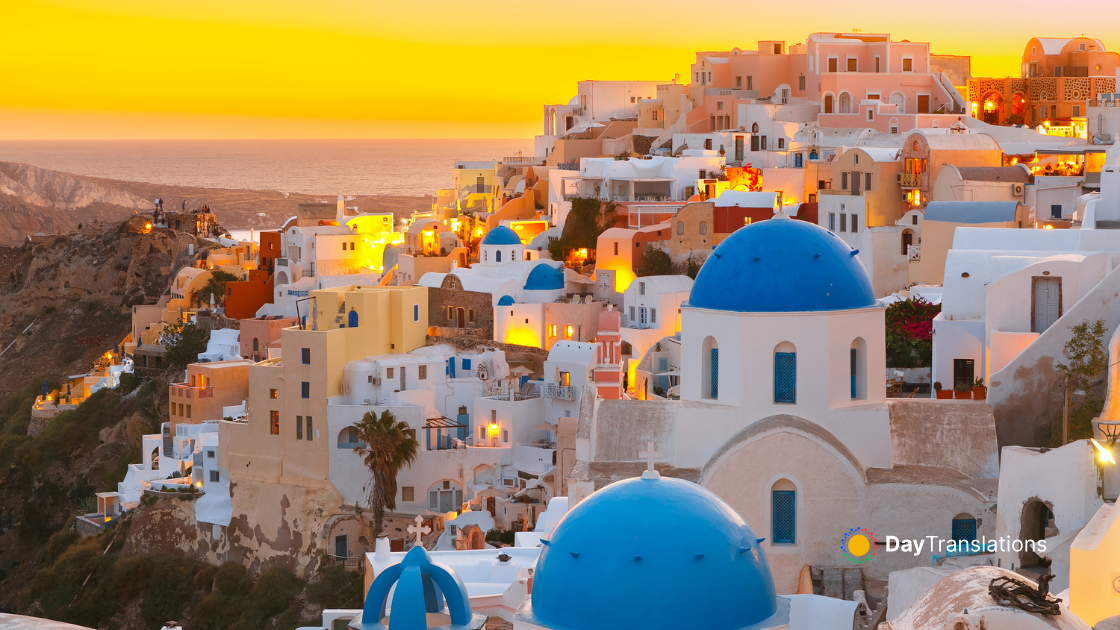Geography of France: Important Geographical Information about France
In this Country Profile
The natural units that make up France include various important river basins like Garonne, Basin of Paris, Rhone-Saone. These are set around a block of highland lying centrally in the southern half of France and are known as the Central Plateau. Mainland France is drained by five major river systems. The River Loire, which is the longest French river, runs 1020 km from the Massif Central in the heart of France to the Atlantic Ocean. The River Seine runs from Burgundy to the English Channel and passes through Paris. The River Rhone links the Alps and Lake Geneva with the Mediterranean running through south west France.
Two thirds of France are mountains and hills, with the Alps, Pyrenees and Vosges ranges. France is predominantly low-land although there are some important uplands. In the Alps near the Italian and Swiss borders is western Europe’s highest point: Mont Blanc (4810 m). The forest-covered Vosges Mountains are in the northeast, and the Pyrénées are along the Spanish border. Therefore, the Central Alps and the Pyrénées are the two major mountain chains in France.
France has a long and extensive coastline with an extremely varied scenery. The Mediterranean coast includes the famous tourist area, the French Riviera. The hot, dry summers and mild winters make it a popular beach area. Sandy beaches are found along the edges of plains and plateaux in Flanders, Les Landes, the Languedoc and eastern Corsica.

Sorry, the comment form is closed at this time.